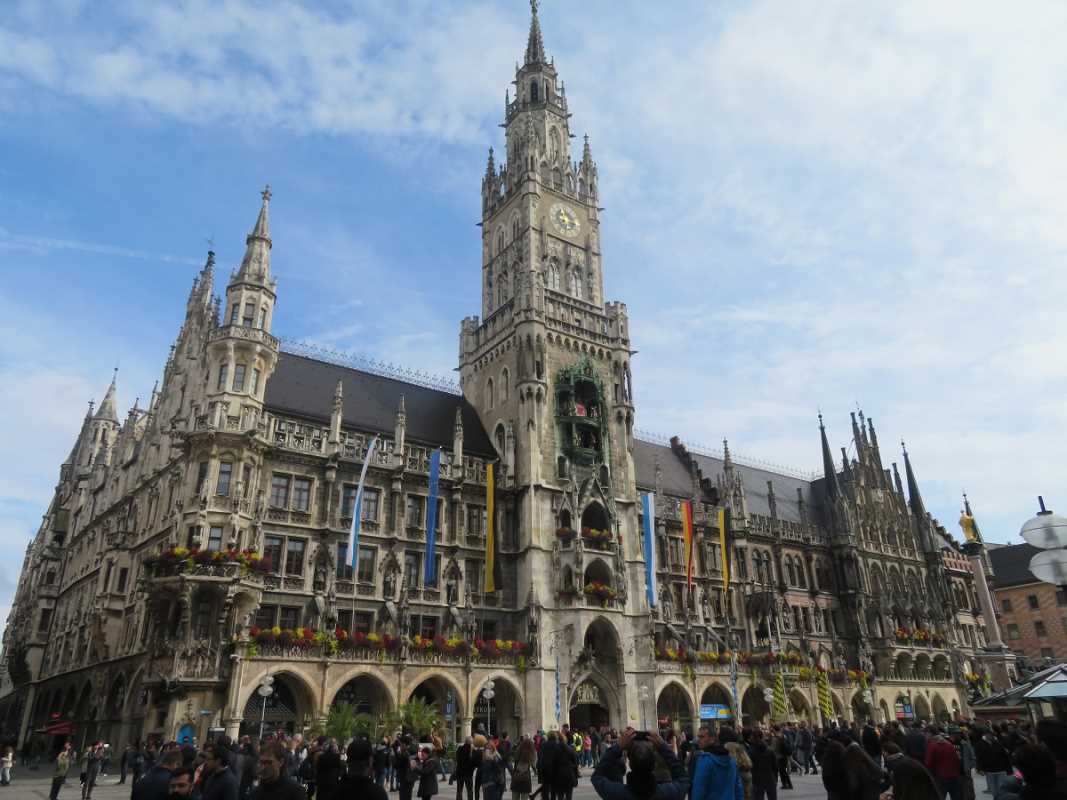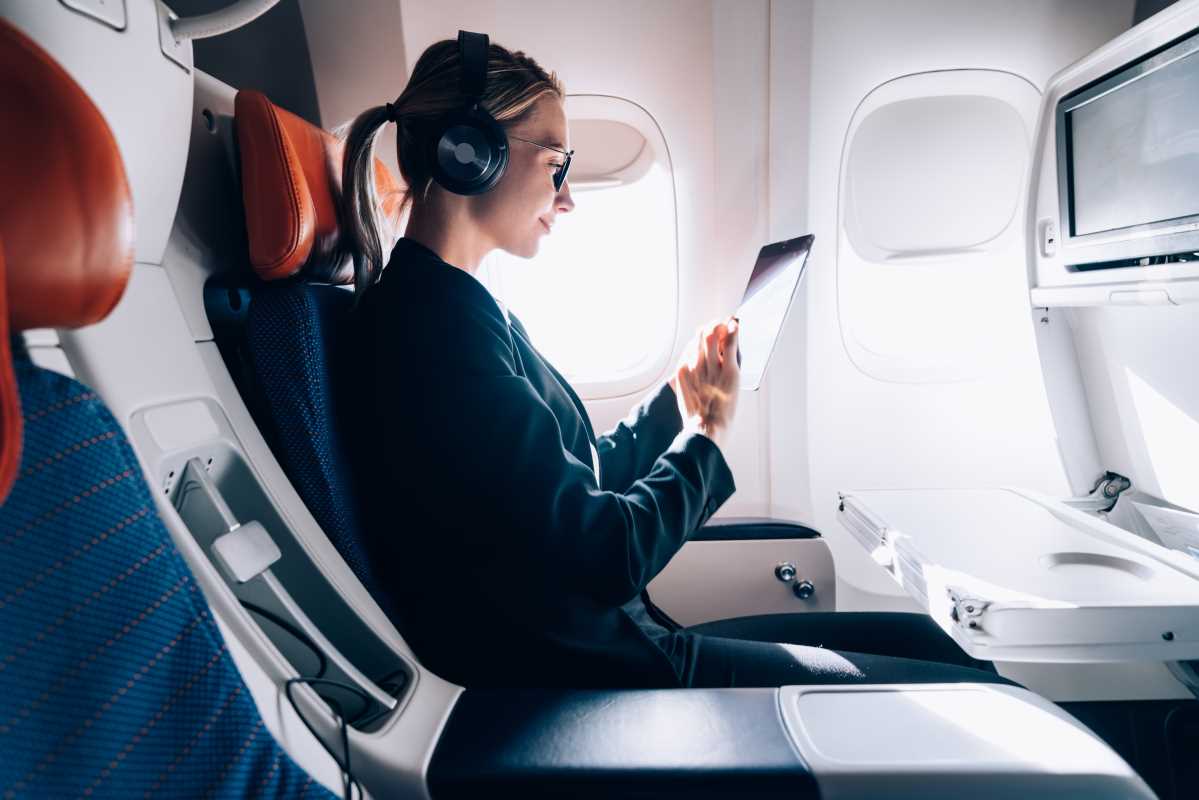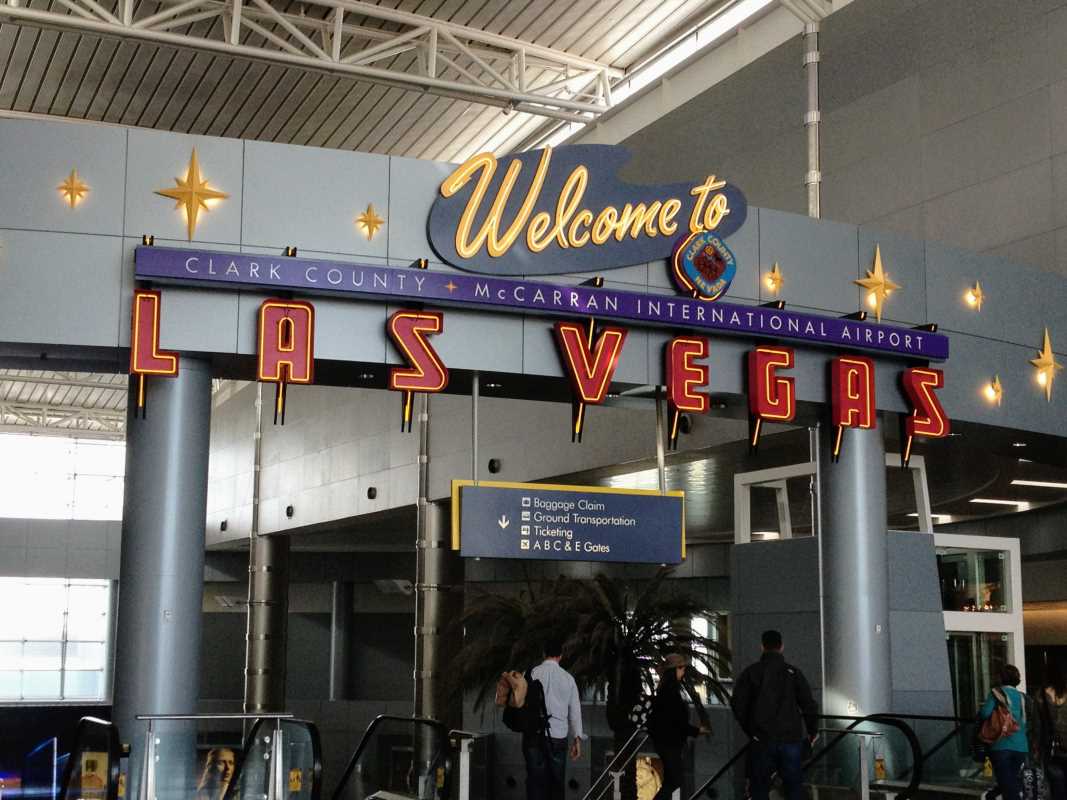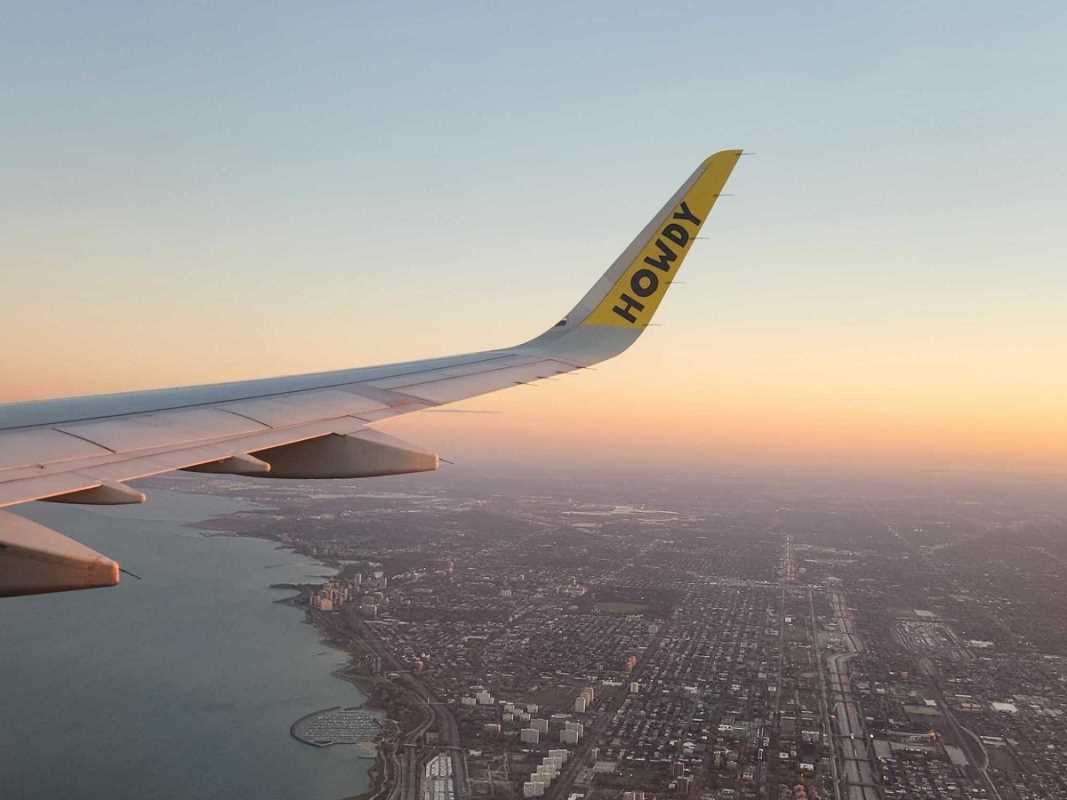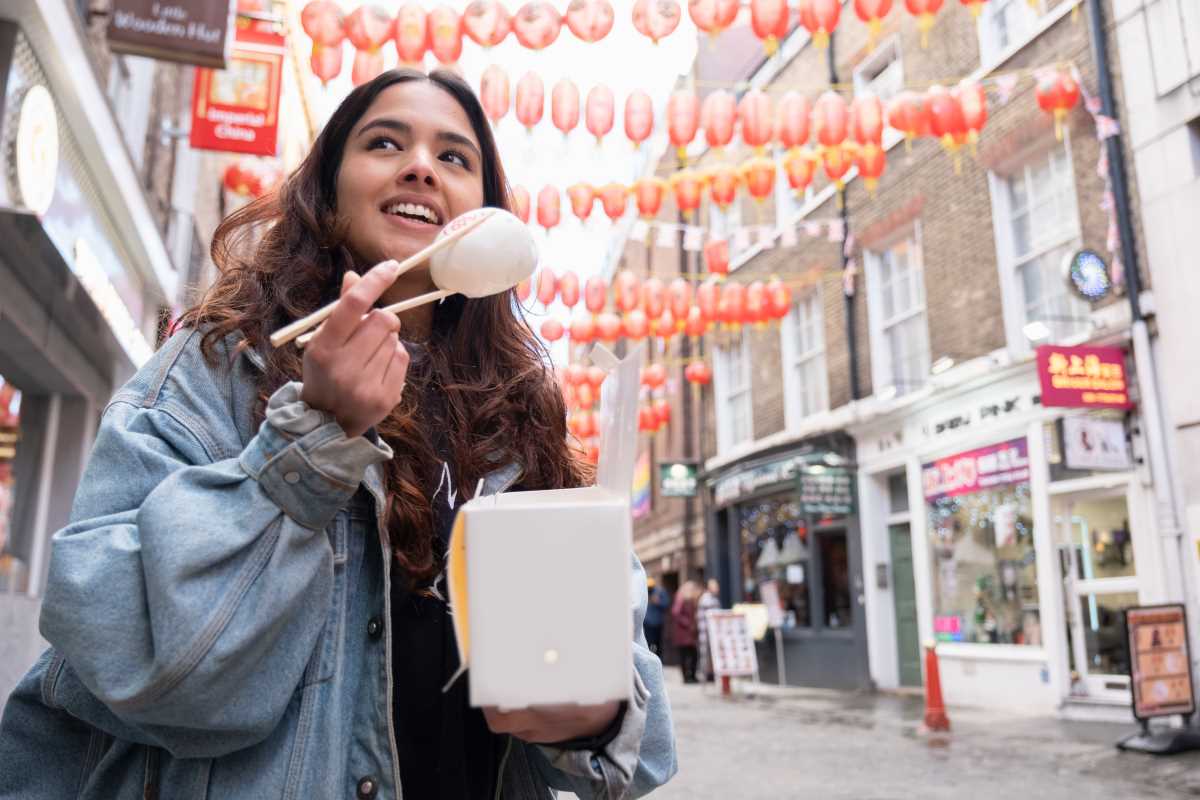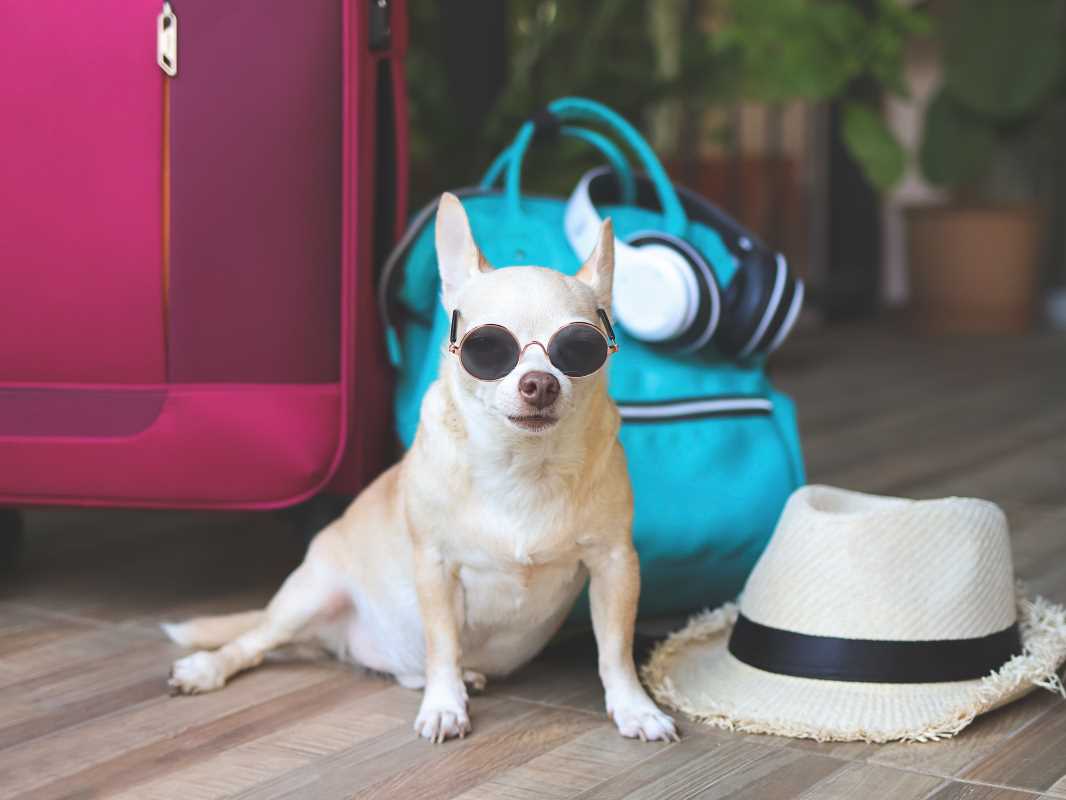Munich, the Bavarian gem of Germany, welcomes first-time visitors with a perfect blend of history, culture, and modern charm. While Prague enchants with its compact medieval layout, Munich feels more spacious and modern, yet still brimming with Bavarian character. From its iconic beer halls and majestic squares to its sprawling parks and historic neighborhoods, the city feels like a giant adventure waiting to be explored. The best part? Munich's efficient and traveler-friendly transportation system makes getting around the city a breeze.
When I first stepped foot in Munich, I immediately fell for its clean streets, the sound of clinking steins, and the smooth operation of the public transit system. Don’t worry if you don’t speak German—exploring Munich’s neighborhoods is simple once you get the hang of its different modes of transport. Here’s everything you need to know to explore Munich like a seasoned traveler (plus a few personal moments that made my trip unforgettable).
The U-Bahn and S-Bahn – Your Go-To for Fast Travel
Munich’s U-Bahn (subway) and S-Bahn (urban rail) form the backbone of the city’s public transit. These two systems work seamlessly together, ensuring you can quickly get to almost every corner of Munich.
U-Bahn Basics
The U-Bahn, with its blue trains and underground stations, is the best way to travel short distances within the city. It covers key neighborhoods and attractions, running frequently from just before 5 a.m. until around 1 a.m. on most days. I’d recommend grabbing a Munich CityTourCard if you plan to use public transport a lot—it’s super practical and includes discounts for major attractions.
S-Bahn Basics
The S-Bahn is perfect for connecting you to Munich’s outer suburbs and nearby attractions. For example, if you’re planning on visiting Schloss Nymphenburg (Nymphenburg Palace) or Englischer Garten, the S-Bahn is your best friend.
I remember hopping on the S-Bahn to Dachau Concentration Camp Memorial Site. While the trip was somber and sobering, the ease of using public transport turned what could have been an intimidating venture into a straightforward and meaningful day.
Key Stops and Neighborhoods
- Marienplatz (U-Bahn and S-Bahn): The heart of the city. You can’t visit Munich without stopping at this iconic square with its ornate New Town Hall and the famous Glockenspiel clock show.
- Odeonsplatz (U-Bahn): A lively, historic square surrounded by grand architecture like Theatinerkirche and the Hofgarten (Court Garden).
- Hackerbrücke (S-Bahn): Your station for catching all the action at Oktoberfest (or Theresienwiese if you’re already feeling like a local).
Pro Tip: Unlike some subway systems, the U-Bahn and S-Bahn operate with an honor system for tickets, but don’t cheat! Inspectors are frequent, and fines are hefty.
Trams – The Scenic Ride
Munich’s trams are a charming way to get around while taking in the scenery. These above-ground trains crisscross the city, following routes that often pass through quieter, more picturesque parts of Munich.
Whenever I ride the tram in Munich, I feel like I’m getting a sneak peek into everyday local life. One afternoon, I took Tram 19, which runs between Pasing and the city center, and realized it’s one of the most scenic tram lines. It’s a relaxing way to admire the Maxvorstadt district and the lovely old streets leading to Karlsplatz (Stachus).
Neighborhood Highlights via Tram
- Schwabing: Use the tram to explore this artistic and bohemian neighborhood full of lively cafés, vintage shops, and access to Englischer Garten.
- Gärtnerplatzviertel: The tram will drop you near this trendy district, where you can enjoy modern shops, hip eateries, and artsy vibes.
- Isar River: Trams that run near the Isar give you a glimpse of Munich’s favorite outdoor playground, perfect for picnic spots or leisurely riverside strolls.
Pro Tip: Trams are slower than the U-Bahn, but if you’re not in a rush, they’re one of the most pleasant ways to see the city.
Buses – Filling in the Gaps
While you’ll rely mostly on the U-Bahn, S-Bahn, and trams, Munich’s buses are perfect for filling in the gaps between stops or reaching areas not covered by other transit. Don’t hesitate to use real-time navigation apps like MVG Fahrinfo München to figure out bus routes—they’re lifesavers for first-timers.
Off-the-Beaten-Path Routes
- Olympiapark: Take Bus 144 to this massive park, where you can climb the Olympiaberg hill for stunning views of the city skyline.
- Viktualienmarkt: Use the buses near the market to explore the surrounding Altstadt (Old Town) and grab local delicacies like weisswurst or fresh pretzels.
Pro Tip: Buses are super family-friendly if you’re traveling with kids or carrying strollers. Drivers are generally patient and helpful!
Walking – The Best Way to Absorb Munich’s Charm
While Munich offers excellent public transport, walking is hands down the best way to wander through its historic streets and leafy neighborhoods. You can cover a lot of ground on foot, and most of the central areas are pedestrian-friendly.
I still remember my long, winding walk through Altstadt late one evening. The twinkling lights on cobbled streets, the hustle and bustle around Marienplatz, and the far-off hum of a street violinist playing near Hofbräuhaus create a kind of magic you can only experience by walking.
Walkable Areas to Explore
- Altstadt (Old Town): While strolling, make sure to visit landmarks like Frauenkirche, St. Peter’s Church, and Viktualienmarkt.
- Maxvorstadt: Home to museums and galleries, this area is perfect for a cultured afternoon on foot.
- Schwabing: Wander its tree-lined streets and charming old buildings, with plenty of stops for coffee or a stein of beer.
Pro Tip: Keep a reusable water bottle with you to fill up at the city’s free fountains, and don’t forget comfy shoes—the cobblestones can be brutal after a while!
Bikes – A Cyclist’s Paradise
Did you know Munich is a bike-friendly city? Renting a bike here is easy and lets you explore green spaces like Englischer Garten or quieter suburban neighborhoods like Haidhausen.
On my last trip, I rented a bike and spent the whole afternoon cycling through the massive Englischer Garten, stopping by the Chinesischer Turm beer garden for a refreshing break. There’s something liberating about zipping along Bavarian trails with the wind on your face.
Popular Cycling Routes
- Englischer Garten: Ride past the shaded trails, open fields, and even the Eisbach wave, where people surf no matter the season.
- Isar Trail: Follow the paths along the Isar River for stunning natural and city views.
Pro Tip: Munich drivers are generally cyclist-friendly, but always stick to marked bike paths—they’re everywhere!
Munich makes it so easy to fall in love with its blend of history, culture, and modernity, and navigating the city is part of the fun. Whether you’re hopping on the U-Bahn, clambering into a tram, or strolling along cobblestone streets, every moment feels like a new adventure.
